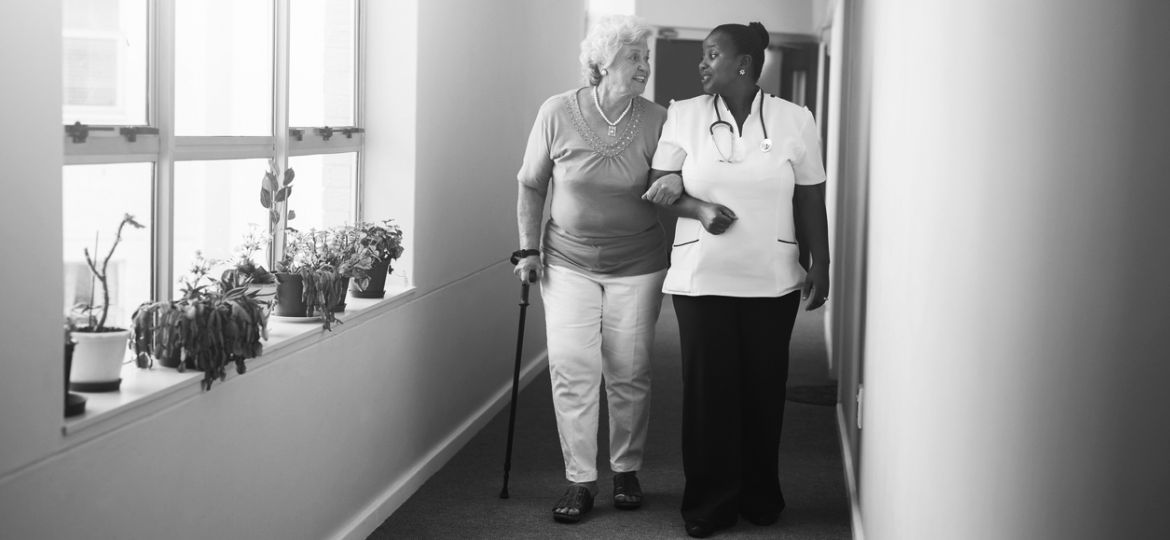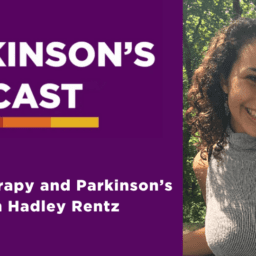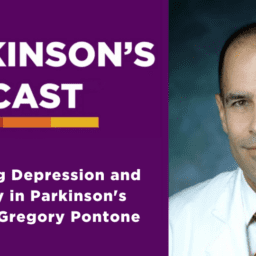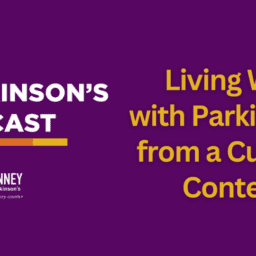Written by Cynthia Raczko, OTR/L
Occupational therapy (OT) is the only profession that helps people across the lifespan to do things they want to do through the use of therapeutic activities (occupations). Occupational therapists enable people of all ages to live life to its fullest by helping them promote health and prevent or live better with injury, illness or disability.
OT interventions focus on adapting the environment through modifications, modifying the task, teaching a skill and educating the person, care partner and family in order to increase participation and ability to perform daily activities. OT is practical and customizable, focusing especially on activities that are important and meaningful to each specific person.
OT encompasses several different areas:
- Activities of Daily Living (ADLs). These are the basic self care skills of eating, dressing, grooming, bathing, toileting and toilet hygiene and personal care devices (contacts, glucometers, hearing aids, etc).
- Instrumental Activities of Daily Living (IADLs). These include the care of others, care of pets, financial management, driving and community mobility, health and medication management, meal prep and clean up, religious and spiritual activities, shopping, safety and emergency maintenance, etc.
- Functional Mobility. This includes getting around your home and environment to perform your daily activities, transfers to bed, toilet, bathtub/shower, couch, recliner chair, wheelchair and car, etc.
- Adaptive Equipment. This includes long handle utensils to reach your feet or back, tremor management eating utensils, non skid mats, button hook, lidded cup with straw, scoop dish, adaptive pen, etc.
- Work Activities. This includes work station set-up/ergonomics, adaptive devices to make it easier to perform work tasks (tremor management software/keyboard cover, adaptive mouse, Dragon Speak software, etc.).
- Cognition. This includes activities to stimulate cognitive function to maximize performance (memory and organizational strategies, visual spatial skills, divided attention, etc.).
How OT can help improve your quality of life throughout the stages of Parkinson’s:
In Stage I of Parkinson’s, tremor and other movement symptoms are mild and typically affect one side of the body. OT during Stage I can address:
- Use night lights, grab bars in the shower and around the toilet, wipe up any water immediately to prevent slips and falls, patch leaks to prevent water on the floor and use a rack to position items conveniently in the shower.
- Bedroom. Keep eyeglasses within reach of bed, use lamp next to bed, secure cord to prevent trips and falls, keep a clear path for walking free of clutter for walking around the room and use a portable commode to reduce walking at night.
- Arrange cupboards and drawers for safe and easy access to all items, remove throw rugs to prevent trip and falls, sweep often and wipe up spills immediately, don’t use a chair as a step stool and have someone else reach things in high places for you.
- Living Area. Flat and sturdy walkways, remove throw rugs, use tall chairs with armrest to help with transfers, keep a straight path that is free of furniture and use longer cords on ceiling fans and lights.
- Community Support Groups. Provide resources for Parkinson’s support groups and social activities, equipment lending closets and Parkinson’s exercise classes (such as dance, boxing, biking, large amplitude exercises like LSVT BIG® and PWR! Moves®).
- Exercise Training. Upper body exercises for tremor management and fine motor activities and large amplitude exercises like LSVT BIG and PWR! Moves.
- Tremor Management Strategies. Can be used with handwriting, computer use, activities of daily living (ADLs) and instrumental activities of daily living (IADLs).
As Parkinson’s progresses to Stage II, tremor, rigidity and other movement symptoms impact both sides of the body and posture and walking are also affected. OT during this stage can address:
- Stretch to warm up before dressing. Allow plenty of time to get ready before going out into your community. Use adaptive equipment to make dressing easier, such as a long handle shoe horn, elastic shoe laces, button hook, Velcro closures on shoes and clothes, etc.
- Toileting. Use a regular schedule to help prevent accidents. Use pads, briefs or panty liners to help with incontinence. Use plastic or washable pads for bed.
- Exercise Training. Continue large amplitude exercises as you are able.
In Stage III of Parkinson’s, symptoms include loss of balance and slowness of movement, and falls are more common. Though the person living with Parkinson’s is still fully independent, symptoms significantly impair activities of daily living such as dressing and eating. To help during this stage, OT can address:
- Eating. Use of adaptive equipment (tremor reducing spoon, lidded cup with straw, scoop dish, etc.), positioning to stabilize arms and decrease distance from table to mouth are strategies that help maintain independence.
- Sitting in chair with arms to put on pants, socks/shoes, avoid leaning over to feet and use adaptive equipment to reach feet (long handle shoe horn, elastic shoe laces).
- Transfer training, grab bars, tub chair/bench for safety, long handle sponge to reach feet and back.
- Use grab bars around toilet, tall toilet or commode chair.
- Exercise Training. Continue large amplitude exercises as you are able.
In Stage IV of Parkinson’s, symptoms are severe and very limiting. Tremor may be less, but rigidity and freezing can profoundly affect your quality of life. While it’s possible to stand without assistance, movement may require a walker. OT during Stage IV can address:
- Adaptive equipment may include roll in shower chair, toilet lift and bidet.
- Functional Mobility. Use equipment to help with mobility. This may include bed cane, transfer pole, bed rails or even a hospital bed. Sit to stand transfer can be made easier using an electric lift chair.
- Exercise Training. Continue large amplitude exercises with assistance as you are able.
In Stage V of Parkinson’s, symptoms are the most advanced and debilitating. Leg stiffness may make it impossible to stand or walk. People need a wheelchair or confined to a bed and need round-the-clock care. OT during Stage V can address:
- Care partner training. Teach the care partner how to use proper body mechanics with moving a person with Parkinson’s in bed and in the bathroom, slide board transfers, lift equipment and active assistive/passive range of motion to arms and legs.
Let this be a guide as you begin exploring how OT can help you, and be sure to consult with your health care provider first before trying these tips. To find an occupational therapist to address your needs throughout all the stages of Parkinson’s, contact your primary doctor or neurologist for a referral.
Read More Articles Like This
Much more can be found in a powerful new edition of our free Every Victory Counts® manual. Our Every Victory Counts® manual gives people living with Parkinson’s, their care partners and their family members the tools they need to take control of their own Parkinson’s treatment through a proactive approach to self-care.
Request your copy of the new Every Victory Counts manual by clicking the button below.
Thank you to the Every Victory Counts manual sponsors:


















